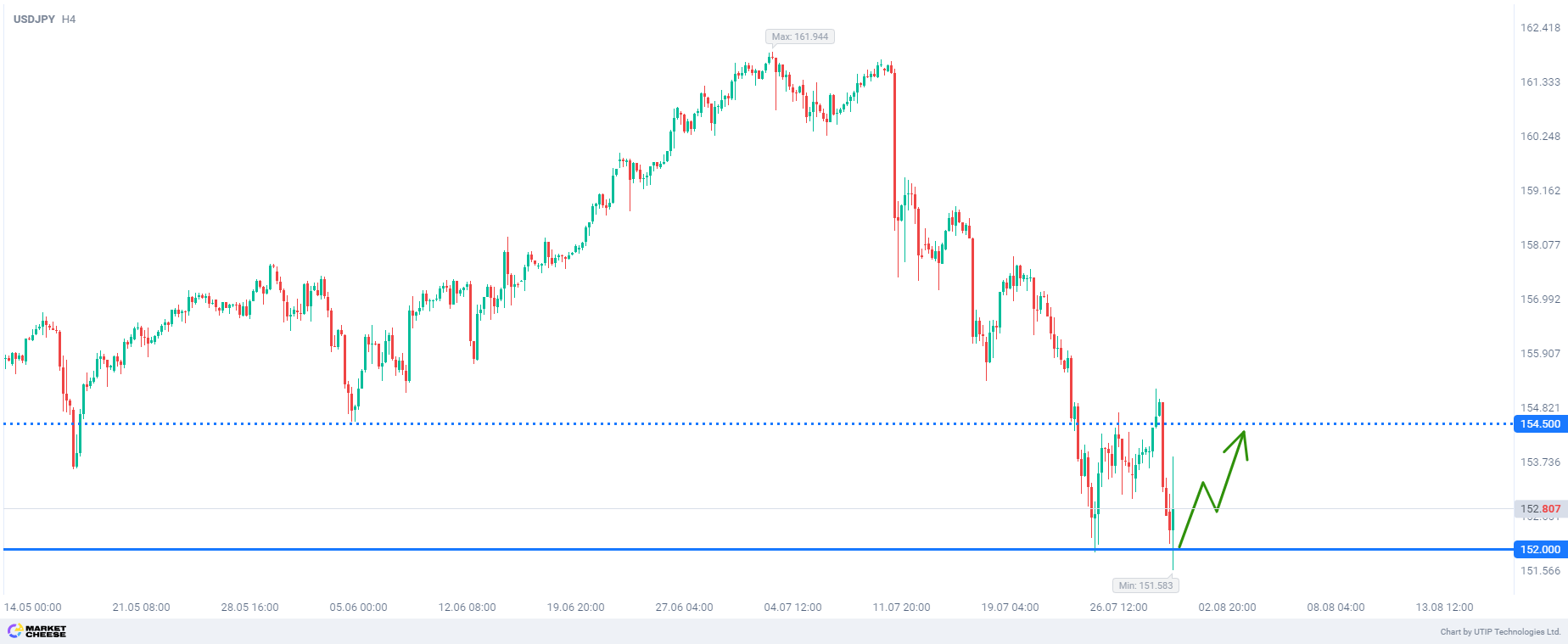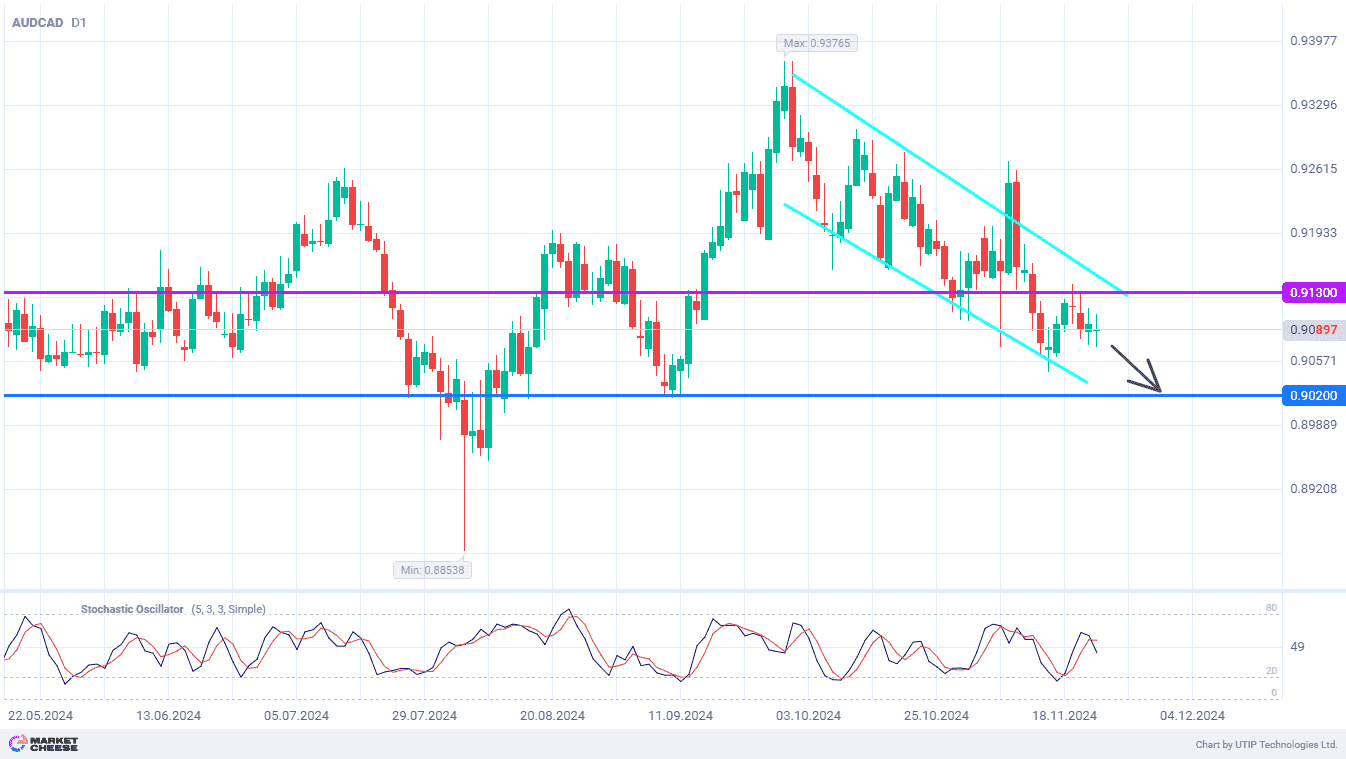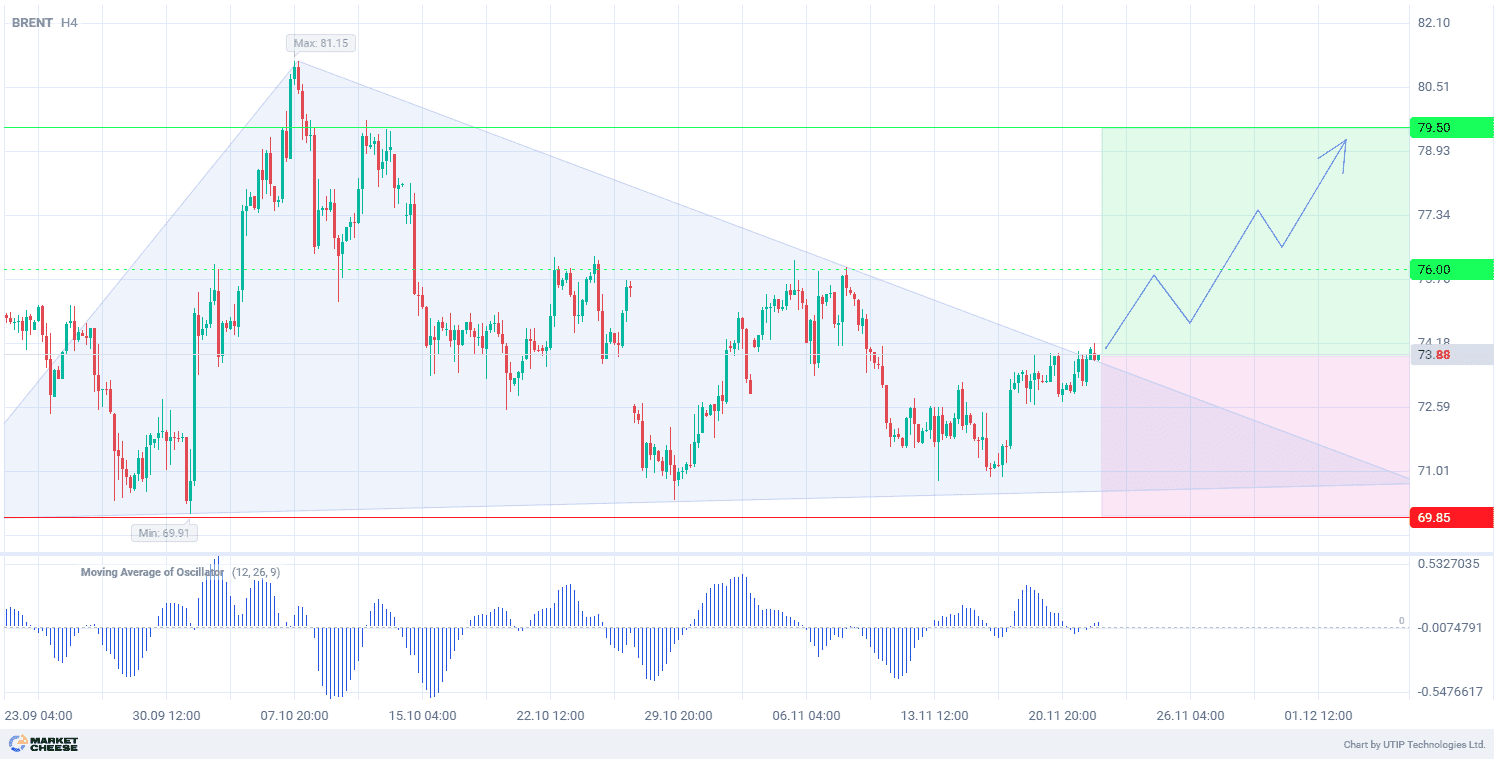The Bank of Japan raised its key rate to 0.25% as opposed to an expected 0.10% hike, and stated that it would reduce the monthly bond buying to about 3 trillion yen ($19.6 billion) by the first quarter of 2026.
It is worth mentioning that only 14 out of 48 experts have predicted a rate hike, although almost no one excluded this possibility. Two members of the BoJ’s board disagreed with the decision on such a rate raise. The decision was made almost half an hour later than usual, and access to the Bank of Japan’s website was difficult due to extremely high congestion.
Meanwhile, core inflation in Japan is expected to increase gradually due to an anticipated narrowing of the output gap and rising medium- and long-term inflation expectations amid the ongoing strengthening of the favorable cycle between wages and prices.
It is necessary to note that earlier, the Japanese currency already largely recovered the expected increase of borrowing costs. During nearly two previous weeks, USDJPY was steadily declining. Another factor contributing to the weakening of the currency pair, besides the Bank of Japan’s policy tightening, is the prospect of the long-awaited easing of the Fed’s monetary policy. The market sentiment toward USDJPY is almost neutral, which indicates traders’ uncertainty.
From a technical point of view, USDJPY dropped to the strong medium-term support at 152.0. From this level, a rebound up to the technical resistance at 155.0 is likely. These two levels will probably form a range within which USDJPY will be moving in August, until there is more clarity on further Fed actions.
The final recommendation is to buy USDJPY in the short-term from the level of 152.0.
Profits should be taken at the level of 154.50. A Stop-loss could be set at the level of 150.0.
The possible loss should not exceed 2% of your deposit funds.










